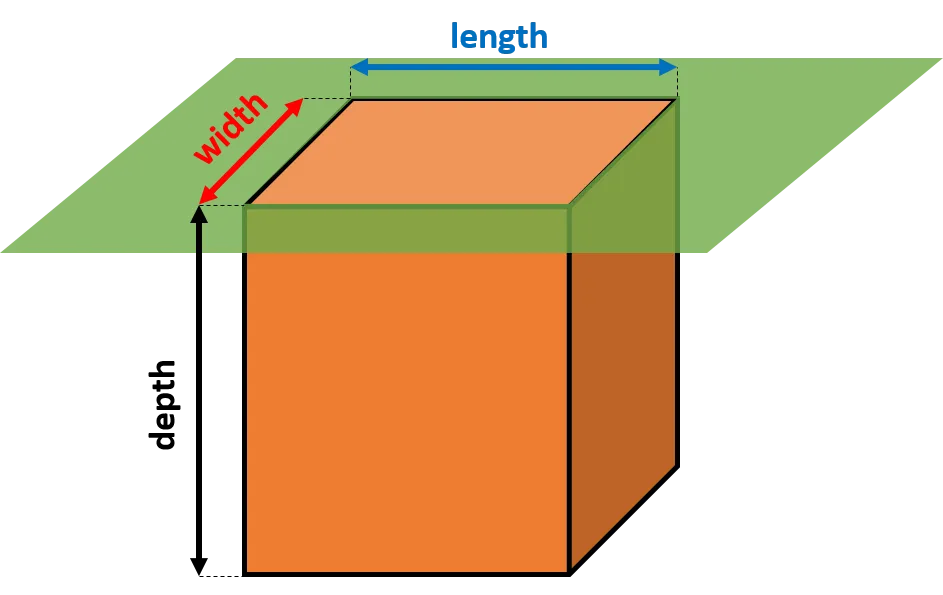Cubic Yard Calculator
Use this cubic yard calculator to determine how much material to buy
Choose the shape of your hole/structure and its dimensions

Yardage
Cost calculation
Table of contents
| ◦Covert Cubic Yards to different measurements |
| ◦How to use cubic yard calculator |
| ◦Yardage calculator in practice for construction |
Covert Cubic Yards to different measurements
How to use cubic yard calculator
Yardage calculator in practice for construction
How much is a cubic yard?
How do I convert cubic feet to cubic yards?
How do I convert cubic inches to cubic yards?
How to estimate a volume from square feet to cubic yards?
How to use cubic yard calculator?
Summary

Cubic Yard Calculator English
Other construction calculators
This is a tool that helps you estimate how much asphalt you need for your driveway or any other area in need.
This is a tool that helps you estimate how much sand you need to fill a given space.
This tool calculates the volume and weight of your consignment
This board foot calculator can quickly be used to estimate the amount of hardwood lumber that you would like to purchase.
This roof pitch calculator allows you to quickly calculate the pitch on your roof. It also lets you know how long rafters you will need for your construction projects.
This calculator will let you know how much material you'll need to complete your desired earthworks.
The solar panel calculator could be the right tool for you, whether you are looking to save money or help the planet.
This calculator from home depot makes it simple to answer common questions when you're finishing your landscaping job.
If you're planning to plant a garden this season and you're wondering how much topsoil you'll need, our topsoil calculator can give you an estimate in the format you prefer.
Pool Calculator is an online tool that helps pool owners accurately calculate the volume of their pool. With just a few measurements, Pool Calculator can provide pool owners with the information they need to balance their pool chemicals and maintain their pool water.